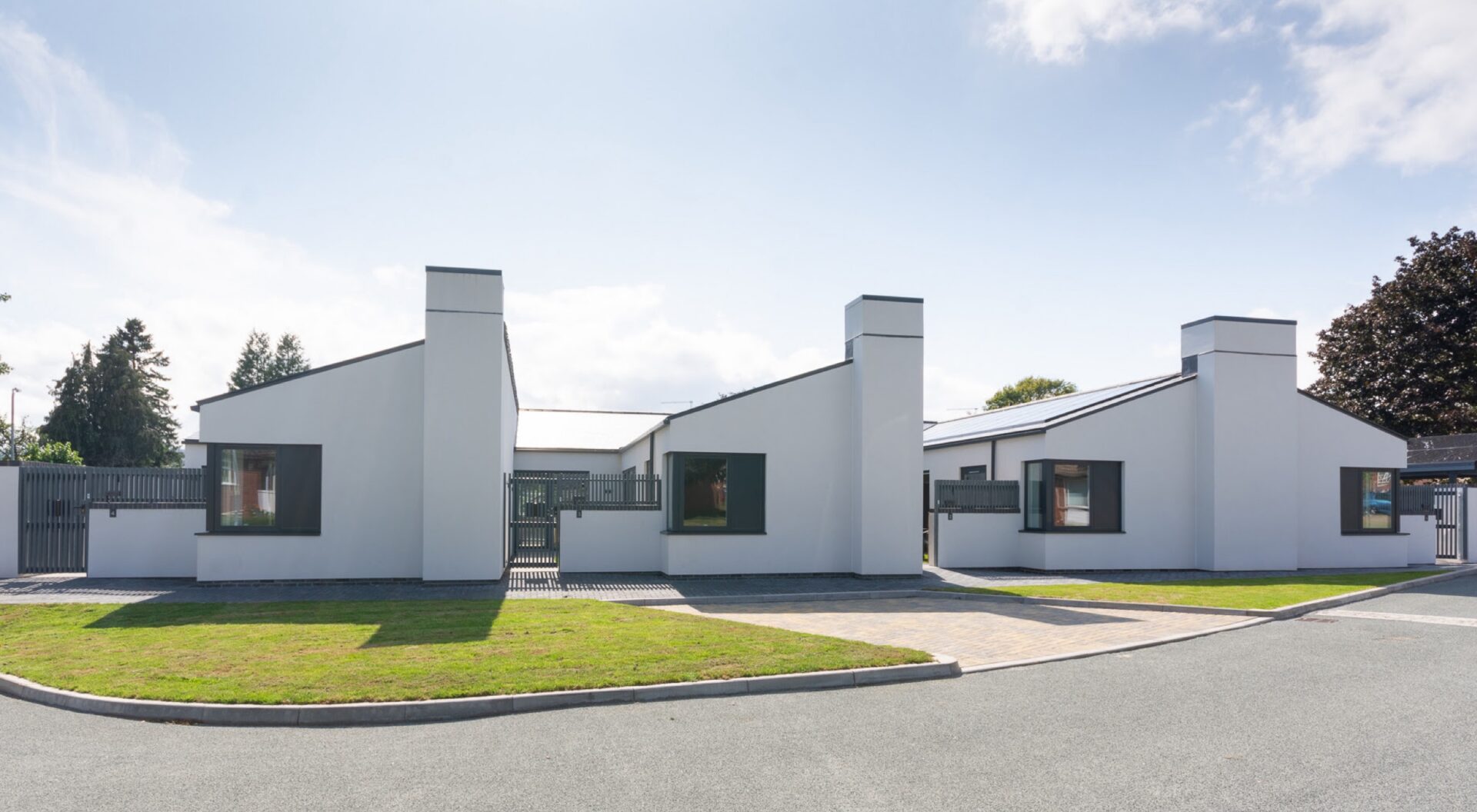Good design is essential for good place-making, sustainable development, social inclusion and long-term public value. It maximises efficient use of land and other resources, contributes to a skilled workforce and delivers better environmental quality for an enhanced quality of life and well-being for the people of Wales.
A well designed, well connected built environment gives people choices for travel and transport, provides ease of access to opportunities for healthcare, education and work, it is inclusive and easy for everyone to use, it is full of places that are pleasant and enjoyable to live in
Good design matters because it:
- Simplifies complexity
- Makes places, products and buildings more attractive
- Focuses on ease of use, accessibility and inclusiveness
- Uses resources and energy efficiently
- Reduces risk, waste and cost due to error or unplanned change
- Adds value and enhances public good
Built environment practice and processes are directly responsible for some 25% of the UK’s carbon footprint – this rises to 42% if we include surface transport.

Built environment practice and processes are directly responsible for some 25% of the UK’s carbon footprint – this rises to 42% if we include surface transport (UKGBC, 2022); Construction, demolition and excavation work generates over 60% of total UK waste (UK Government, 2022). Materials and mineral extraction further deplete finite resources and alters environmental conditions significantly – the course of rivers, the stability of land forms, the quality of the air we breathe.
UK and International studies illuminating the causes and costs of avoidable construction error point to failings at the design stages of most projects indicating ‘measured direct costs of avoidable error represent some 5% of project value equating to some £5 billion per annum across the construction sector in the UK – higher than average profit levels across the industry (around 3%). When unmeasured and indirect costs are included the situation gets much worse with estimates of total costs ranging between 10% and 25% of project cost or between £10-25 billion per annum across the sector’ (source GIRI UK).
Seven of the top ten – seventy percent – of the root causes of expensive avoidable error identified in the research occur in the design stages. Among them critical factors – too little time for design and a poor culture in relation to quality.
In 2019 the design sector accounted for over £70bn in exports, including work commissioned for overseas projects from the UK.
The 2022 Design Economy: People, Places and Economic Value report, demonstrated the value of design to Wales and the UK. The report reveals the design economy is growing at twice the UK average, contributing £97.4bn in GVA to the UK economy with Wales seeing an increase of 18% in GVA to £2 billion. The data also reveals a significant, skilled industry, employing 1.97 million people – one in twenty workers – in the UK in 2020 including architecture, product design, fashion, digital design, craft and graphics plus those working in service design roles in other sectors, such as the NHS and financial services. In 2019 the design sector accounted for over £70bn in exports, including work commissioned for overseas projects from the UK.
The scale of what the UK needs to design – and re-design – to achieve net-zero targets by 2050 is vast. Designers bring immense value in many forms – shaping public spaces and services, creating good-quality homes and neighbourhoods, and they play critical roles in many disciplines ensuring that our built environment and transport infrastructure as a whole can capture quality and long term, wider public benefits.
